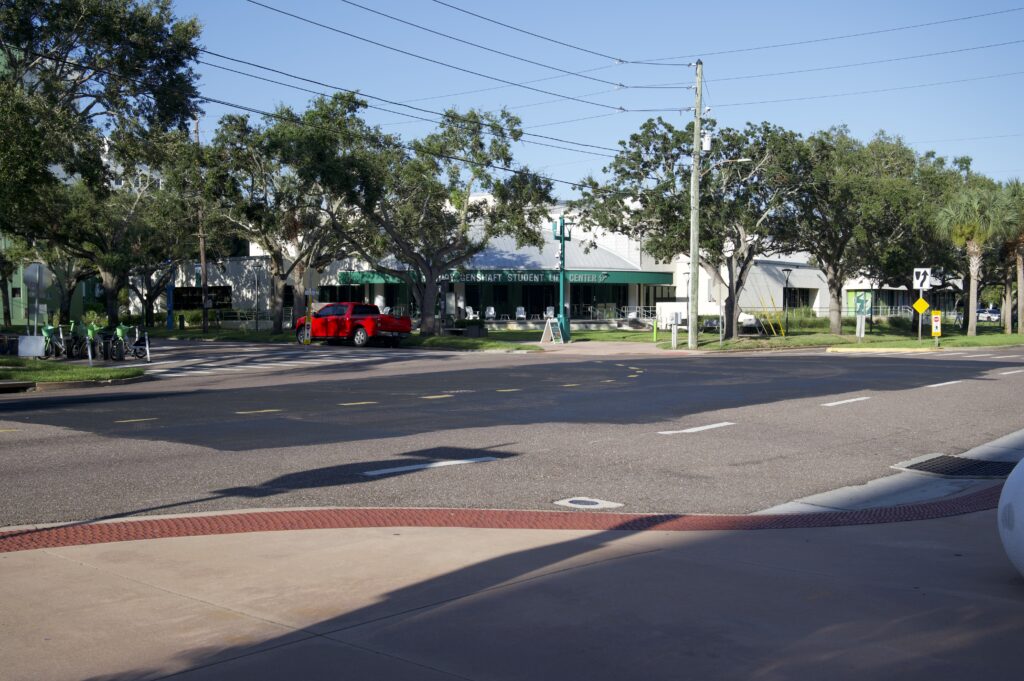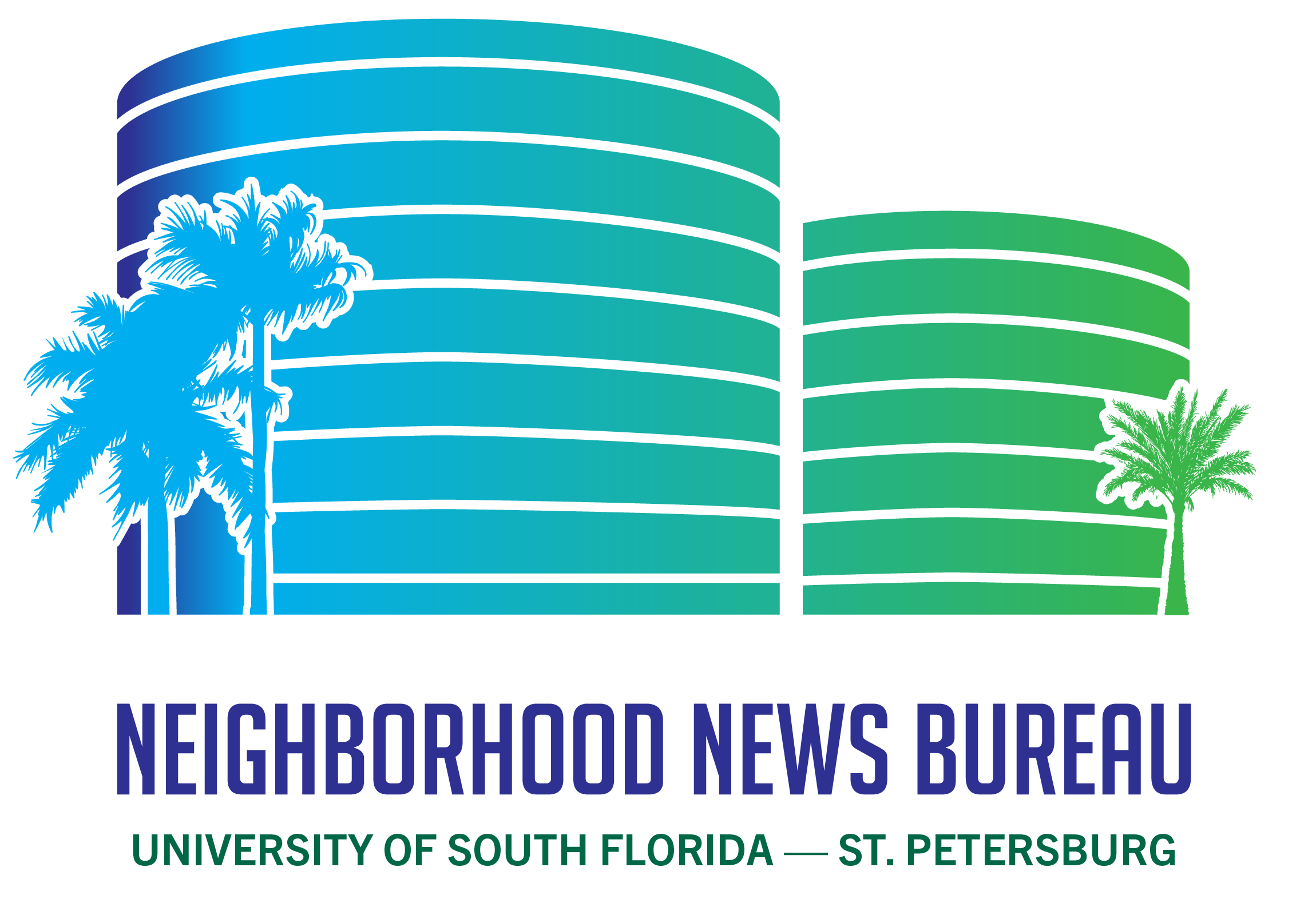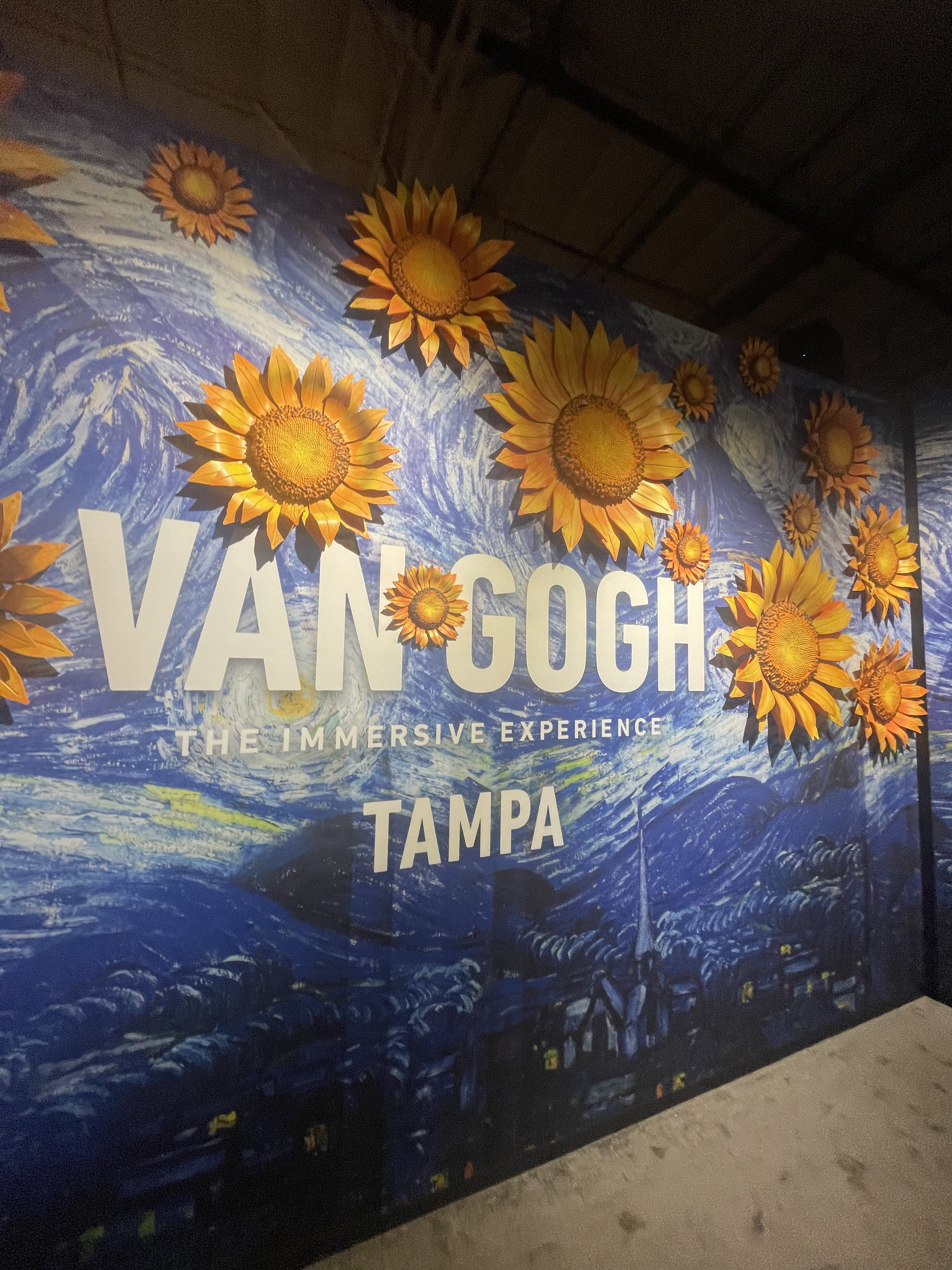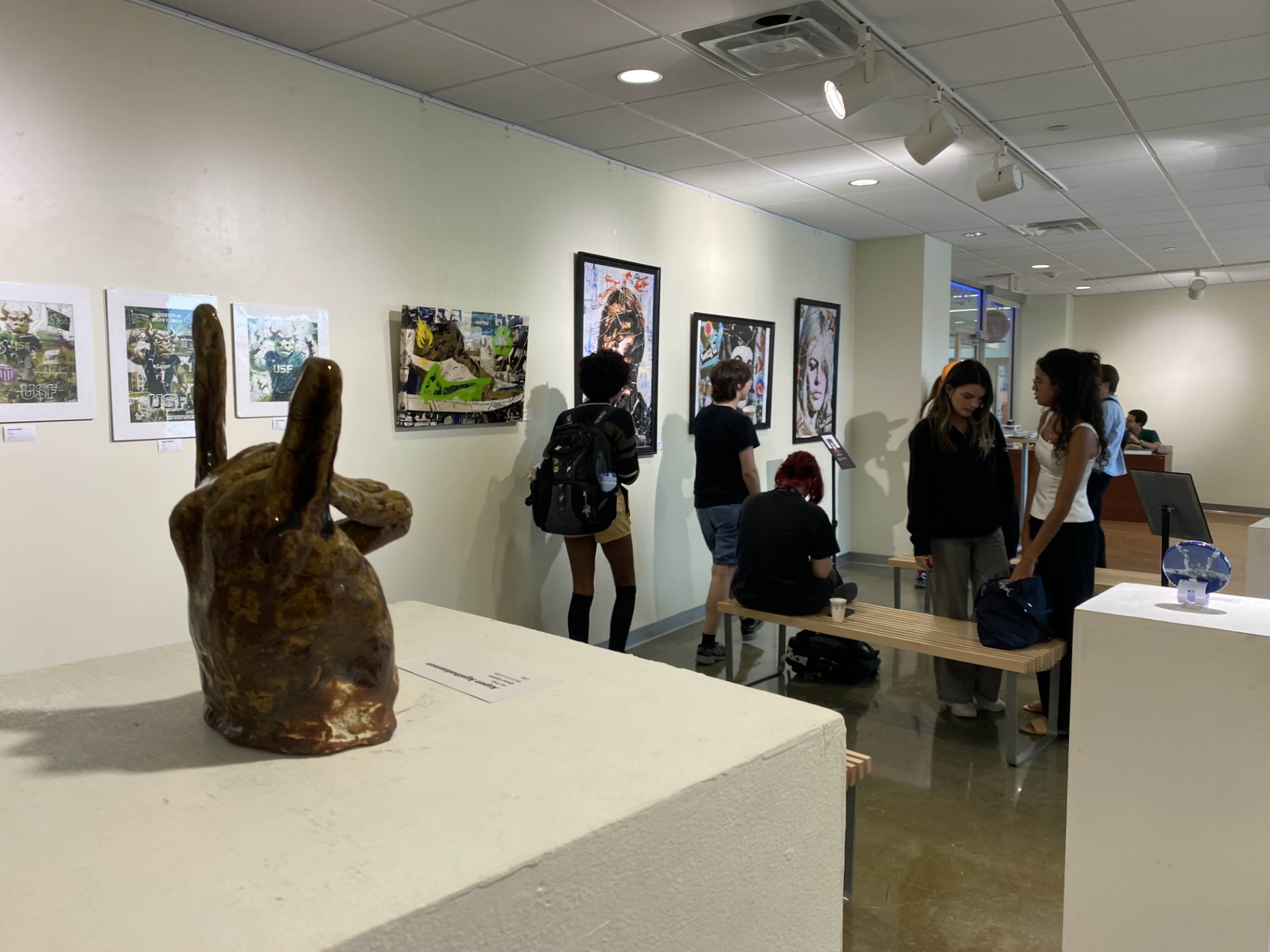
By Sofia Modica
On a sweltering afternoon in downtown St. Petersburg, the bold lines of once colorful murals now sit beneath coats of flat, black paint. These intersections and crosswalks, once alive with rainbows, now look ordinary with their vibrancy scrubbed away by state crews. For residents who had come to see these murals as more than decoration, the sudden erasure felt jarring, like a piece of the city’s identity had been stripped from its streets overnight.
For many, the murals removed were never just decorations; they were symbols of identity, of resilience and of a city that has long prided itself on its flourishing arts scene. Their sudden removal by the Florida Department of Transportation sparked more than disappointment; it ignited a wave of community action and a heated debate about who gets to decide what art belongs in public spaces.
“It really feels like an attack on art, and it feels like an attack on the marginalized groups that this art is being used to represent,” said Michelle Sasha, founder of the Love Thy Neighbor Project.
For her, the murals symbolized more than decoration. They embodied love, acceptance and the right of communities to see themselves reflected in their city.
“I’m not trying to push a narrative of anything in particular other than love and acceptance,” Sasha said. “I’m on a mission to make people feel seen and validated.”
For Sasha, the loss of the murals shaped her mission and inspired her to take action through the Love Thy Neighbor project. Sasha now channels her artistry into private property, where community members can still proudly display artwork without fear of state intervention.
“Being an artist, I have a unique vantage point where I am able to actually create things that people can use to visually represent where they stand in humanity and on this earth,” Sasha said. “And this project, very simply, stands for humanity.”
What started as a workaround to FDOT restrictions has quickly grown into a community movement.
“This [project] will continue as long as people are signing up,” Sasha said.
For many, the art on private property has become a way to carry forward the same spirit of inclusion and visibility that the street murals once represented. FDOT officials maintained that this decision is rooted in safety, pointing to concerns about driver distraction, but crash data reviewed by St. Petersburg suggests otherwise.
The city claimed that the painted intersections actually reduced accidents where they had been installed. That discrepancy has only increased the frustration among artists and residents, who see the state’s actions as less about safety and more about exerting control over public expression.
District 6 city council member, Gina Driscoll, said she has heard directly from residents about how deeply the loss was felt.
“The overwhelming response has been one of the disappointments that, you know, the state required the removal,” Driscoll said. “Because this is such a part of the fabric of our city’s identity, a lot of people took that personally… and rightly so.”
Jennifer Miller, an assistant professor of instruction and curator of education and public art at the University of South Florida, sees the murals within a larger framework of city identity.
“Public art, in murals specifically, plays this super important role in shaping how residents and visitors experience a city,” Miller said. “It’s really about creating this visual language in a city. It’s not just about decorating or beautifying.”
Murals, Miller noted, can also increase walkability, stimulate economic activity and foster pride in place.
Miller explained that one of the biggest challenges for murals and other street projects is their status outside of formal public art collections. Without going through structured programs like the Art in State Buildings process, they don’t carry the same protections as officially acquired works. That makes them more vulnerable when tastes, politics or regulations shift.
“When you have work that is part of an official collection, it has all this kind of system of support that’s set up,” Miller said. “But when you have work that’s not part of a permanent collection or official collection, you know, there’s an upside and a downside to that. You can be more reflexive and more immediate when you don’t have to go through this really robust committee process, but at the same time, it doesn’t necessarily have that robust committee process on the back end of it.”
Despite these challenges, Miller emphasizes the resilience of St. Petersburg’s arts community.
“I think that artists and art communities in general have a sense of resiliency that is really amazing and inspiring to see,” she said.
Even the controversy, she argued, has value: it sparks dialogue about the role of art in public life and the responsibilities of cities to protect it. Still, Miller believes St. Petersburg’s character as an arts city will endure.
“St. Petersburg has this reputation in general, for being really, really supportive of the arts, specifically through their public art and their mural programs, and I don’t think that will change at all,” she said.
Driscoll echoed that forward-looking optimism, noting that the city must adapt while keeping the spirit of the murals alive.
“What we need to do now is find ways to work within the rules that are handed down to us by the state and come up with new ways to express our identity throughout neighborhoods and on the USF St. Petersburg campus,” Driscoll said. “And I have great confidence in our creative class here in St. Pete that they will be able to envision a new form of expression that will make all of us smile again as we enter through there, as we go through those spaces.”
For residents and artists alike, the black paint has become more than just a covering; it is a reminder of what can be taken away and what must be fought for.



